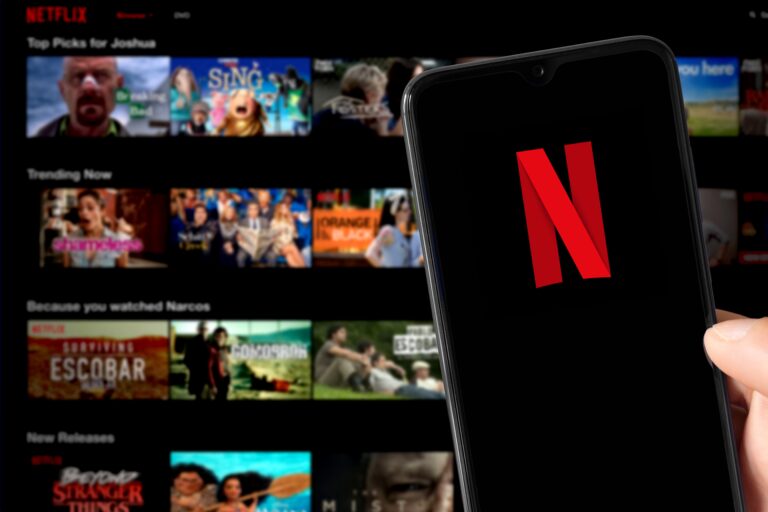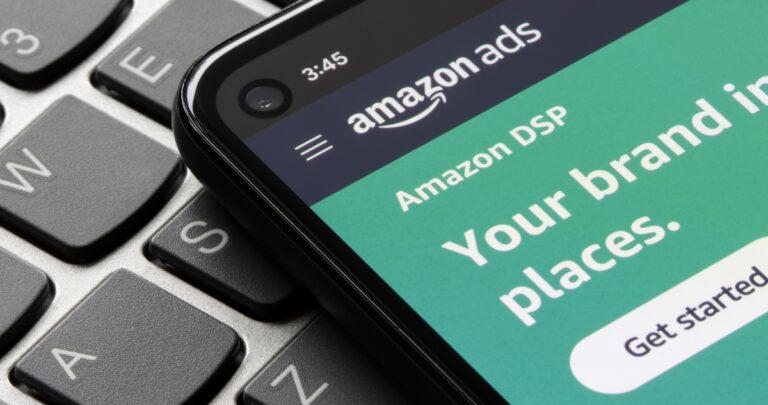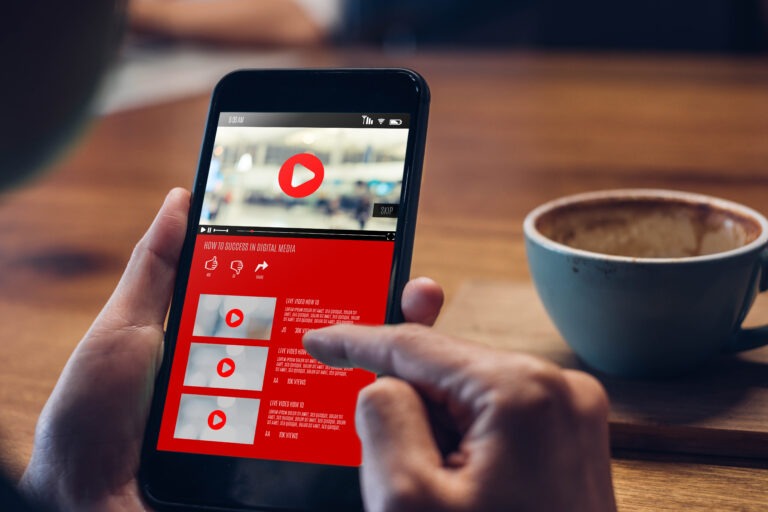Defining a customer experience was very different pre-2020. It seems like a lifetime ago, doesn’t it? In that era, you could count on gift baskets, samples, and something as simple as the smile from the cashier to define your customer experience. Well, it’s 2021, and you can throw all that right out the window. At least for the foreseeable future.

The pandemic has absolutely wrecked the customer experience. The heartfelt kindness you felt from a brick-and-mortar’s service is now an incessant waves of online ads and landing page copy — good grief!
it’s hard to take a break.
The problem is, with just about every business moving online, or having to double down on their online strategies, standing out from the crowd has become exponentially more difficult. The only way to do so?
Improving the online customer experience.
Let’s take a look at how we can do that.
Understand the customer’s journey
Understanding the customer’s journey is something that’s fundamental, yet often underused. You can get really specific when it comes to understanding the customer’s journey.
It’s more than understanding a pain point and offering the resolution. It’s also about learning what kind of language your customers use, their attitudes, and other solutions they’ve tried.
The more specific you can get, the more the customer will feel your business cares about them. That’s a nice feeling!
Personalize the experience

It helps if you can get specific with personalizing your customers’ experiences. If you can do so, such as recognizing their location and providing service info relative to it, it can be huge. It takes a business from the ‘any other business’ status to ‘the business that looks after my needs’.
Other ways to personalize the experience include: using the customers’ native language, keeping track of their recently viewed items, and suggesting items related to what they’re looking at. Amazon is a prime example, no pun intended.
It doesn’t have to stop at the shopping process. Send birthday emails, discounts for continued patronage, and discounts for products they buy often. You can show them that you’re here for more than just transactions — you’re here to help them.
Speaking of personalizing an experience, you can add an element of humanity to your business by including a voice over in your product demonstration. The human voice is one of the most powerful tools when it comes to connecting with people. Voice123 is a great place to find and work with professional voice actors to make personable voice over!
Make checking out easy
It’s best to keep a simple and easy checkout process. It’s hard to trust a checkout with a scattered fill-out form that seems tiring, and faulty.
An easy way to do this is to limit the amount of clicks it takes to checkout. Consider one-click checkouts, and be sure to include many forms of payment. Some people are very preferential to their way of payment.
The easier it is to checkout, the less frustration there is for the customer. It’ll also lead to more conversions on your side, and reduce the amount of abandoned carts, which is big. As much as 88% of carts were abandoned in March 2020.
It’s hard to imagine all of them were abandoned because customers found out the shipping costs were too high, although that might account for most of them. Sometimes people just forget about what they’re shopping for.
So it’s easy to give a gentle reminder to your customers to checkout their old carts by sending a follow-up email, maybe even with an incentive. It can go a long way.
Automate support and empower self-service

By automating support, we mean consider using a chatbot. Chatbots aren’t an end solution, but they definitely lend a very helpful hand in finding the right resources.
Chatbots can help answer preliminary questions quickly and keep up customer satisfaction. And for problems they can’t solve, they can direct customers to service representatives and self-service websites.
Self-service websites can be incredibly relieving for the customers. Customers are sure to have poor customer service experiences — whether it be struggling to return an item because the company won’t respond, or finding out that getting a refund is nearly impossible.
The idea behind self-service websites or portals is that they empower the customer to handle those situations themselves. Just set up a website where they can fulfill these processes themselves, and they’ll appreciate the ease of it.
Final thoughts
Finally, don’t forget to keep up the customer service after they’ve checked out. The goal is to turn shoppers into returning customers, and you can encourage that by sending thank you emails, informing them about upcoming promotions, and sending newsletters.
In the final analysis, improving your online customer experience comes down to making things easy and convenient for the customers, and showing that you care for them, almost on a personal level.
You can also consider Medallia and Liferay, professional services that can help manage your customer service.
May your online customer service rock – both in 2021 and beyond!


































































































